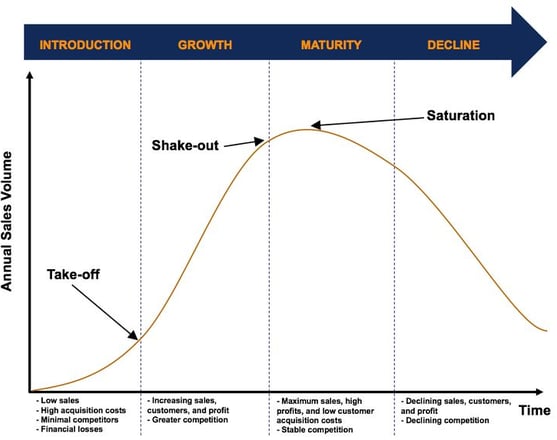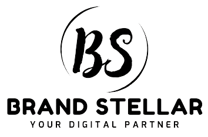Navigating the Product Life Cycle (PLC)
Explore the concept of the Product Life Cycle (PLC) through the relatable journey of instant noodles. Learn how businesses navigate the four stages—Introduction, Growth, Maturity, and Decline—to strategize marketing efforts, adapt to consumer trends, and sustain success. A must-read for marketers and entrepreneurs aiming to master product management!
1/23/20253 min read


Introduction
Every product embarks on a unique journey—from its inception to its eventual decline. This journey, known as the Product Life Cycle (PLC), is a foundational marketing concept that helps businesses understand, strategize, and adapt to a product’s changing phases. Let’s delve into the stages of PLC with the relatable example of instant noodles, a product that has made its mark globally, navigating its own ups and downs in the market.
The Four Stages of the Product Life Cycle
1. Introduction Stage: The Birth of a Product
This stage marks the launch of a new product. The focus is on creating awareness and educating customers about its value. Marketing investments are high, and sales growth is slow as the market becomes acquainted with the product.
Key Milestone: Takeoff Point
The "takeoff point" refers to the moment when the product starts to gain traction after initial awareness efforts.
Example:
When instant noodles were first introduced, they were marketed as a quick and convenient solution to cooking. Advertising campaigns focused on educating people about how they could prepare a tasty meal in just two minutes. Companies invested heavily in promotional offers and sampling to establish trust and create awareness. The takeoff point was reached when consumers began adopting the product as part of their everyday meals.
2. Growth Stage: The Product Takes Off
In the growth stage, the product starts gaining market acceptance. Sales increase, distribution expands, and competition begins to surface. The focus shifts to scaling and establishing a strong market presence.
Key Milestone: Shakeoff Point
The "shakeoff point" occurs when competition intensifies, and only the strongest players emerge dominant in the market.
Example:
As the popularity of instant noodles soared, companies introduced new flavors and localized variants to cater to diverse taste preferences. Distribution channels expanded to include supermarkets, local grocery stores, and even vending machines. Marketing efforts highlighted versatility, showing instant noodles as a snack, meal, or quick fix for busy individuals. The shakeoff point occurred when weaker competitors exited the market, leaving established brands to thrive.
3. Maturity Stage: The Peak of Popularity
The product reaches its peak in the maturity stage. The market becomes saturated, competition intensifies, and businesses focus on retaining customers while defending market share.
Key Strategy: Reinvesting
Reinvesting in marketing, R&D, and product innovation becomes critical to sustaining interest in a mature product.
Example:
During the maturity stage, instant noodle brands faced stiff competition. To maintain interest, brands introduced healthier options, such as low-sodium or whole-grain noodles, and launched creative marketing campaigns. Collaborations with popular chefs and social media influencers further helped sustain customer engagement. Loyalty programs and bulk-buying discounts also became key strategies. By reinvesting in product innovation and promotional efforts, brands managed to extend the product’s lifecycle.
4. Decline Stage: The End of the Road?
As sales decline due to market saturation, changing consumer preferences, or newer alternatives, businesses must decide whether to rejuvenate the product or phase it out.
Key Strategy: Harvesting
Harvesting involves reducing investments in the product while maximizing remaining profits.
Example:
With an increasing focus on health and wellness, some consumers moved away from instant noodles, seeking fresher or more organic alternatives. To counter this, some brands harvested profits by cutting back on extensive marketing while continuing to serve a loyal customer base. Others diversified their product portfolios by introducing ready-to-eat meals or positioning instant noodles as an indulgent treat rather than an everyday staple.
Why Understanding PLC Matters
The Product Life Cycle isn’t just a theoretical concept—it’s a practical tool for planning and decision-making. By identifying the current stage of a product, businesses can:
Align marketing strategies with customer expectations.
Allocate resources more effectively.
Stay ahead of competitors by innovating proactively.
Conclusion
The Product Life Cycle provides a roadmap for managing a product’s journey, helping businesses navigate challenges and seize opportunities at every stage. From introducing convenience-driven products like instant noodles to adapting to shifting consumer trends, staying attuned to the PLC stages can make all the difference.
For more such marketing insights, subscribe to our newsletter. If you’re ready to elevate your brand, join us for stellar marketing strategies at Brand Stellar!
